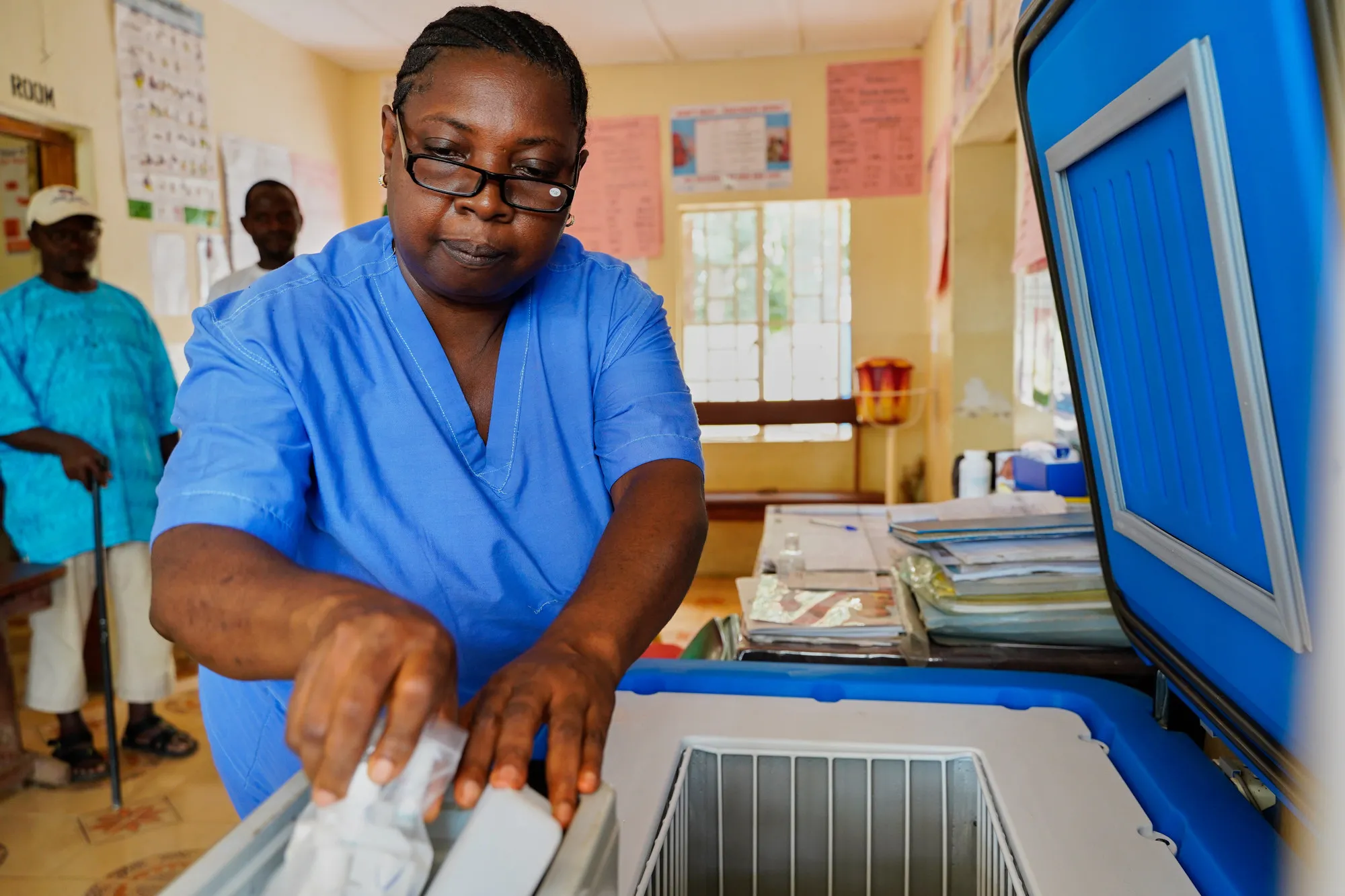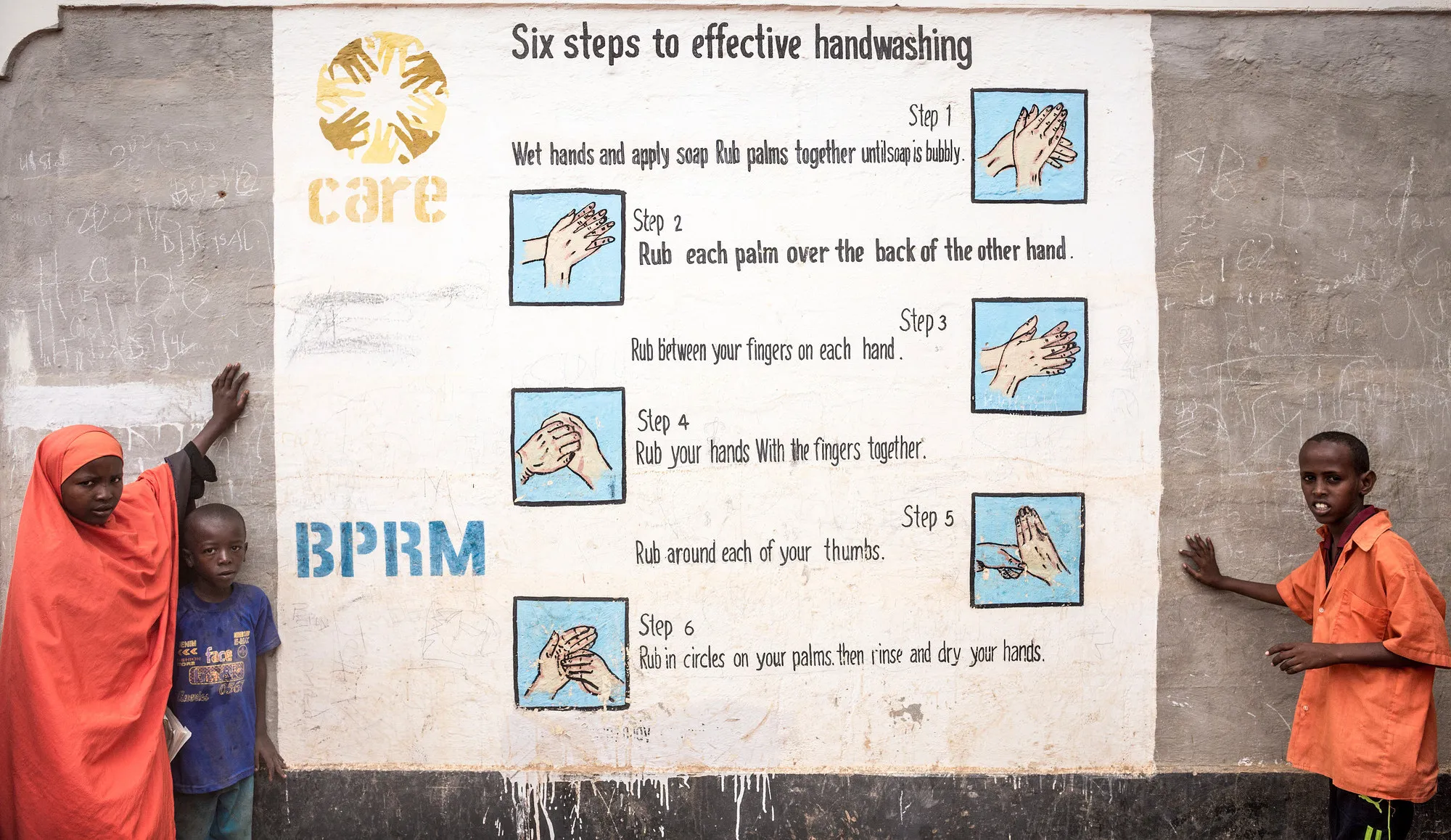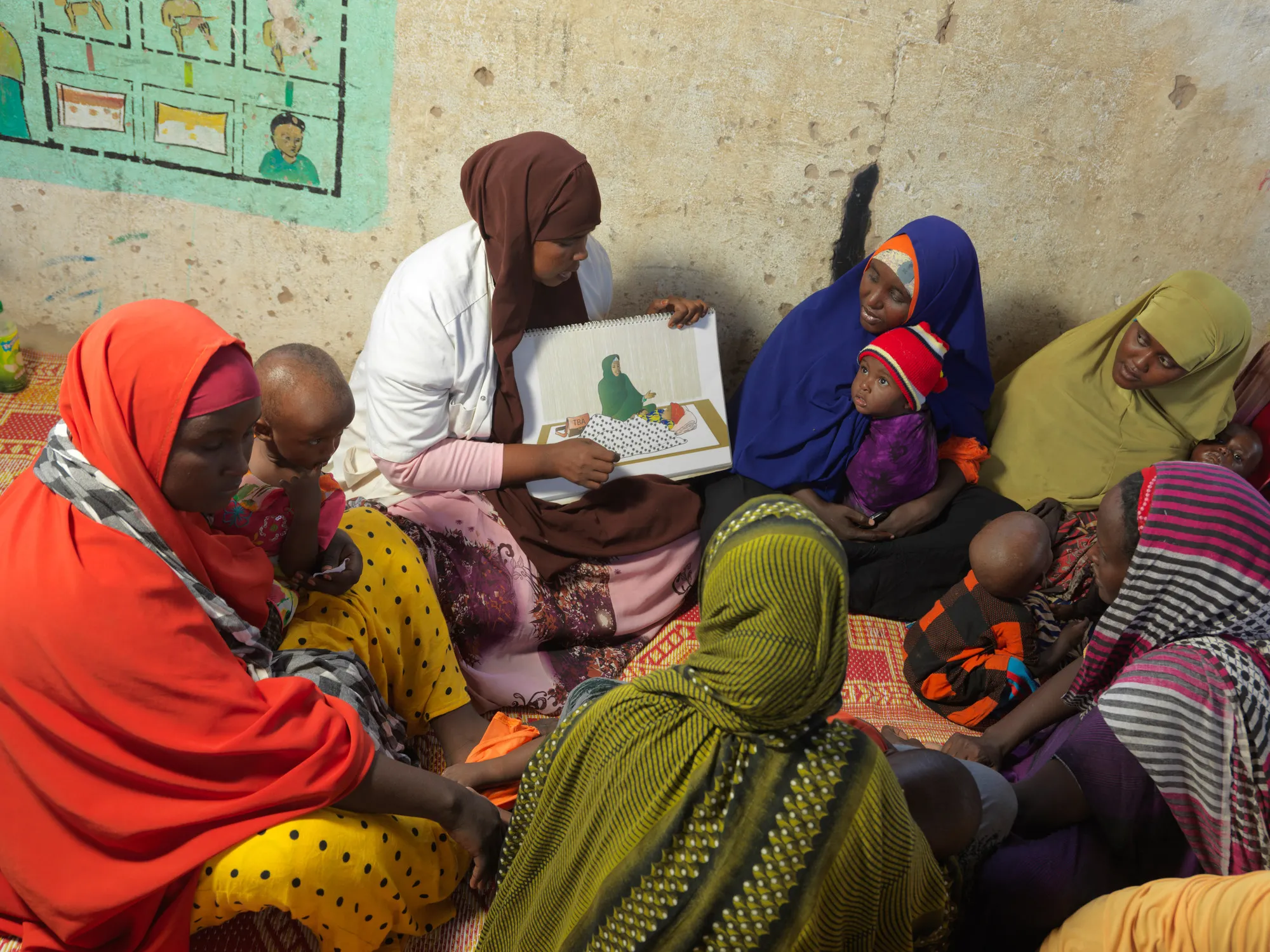Everything about the news on COVID-19 is scary. We don’t know yet what the long-term impacts will be. We don’t know how long it will last. What we do know, from decades of responding to epidemics in some of the poorest and most fragile contexts, is that hope is possible. The only way through is together.
Take the experience of one Ebola survivor who was part of CARE’s programs. “When I was discharged they (the community) did not drive me away. They talked to me fine and accepted me and encouraged me that made me get courage. They touched me, they came to greet me and prepared fine pepper soup for me.”



